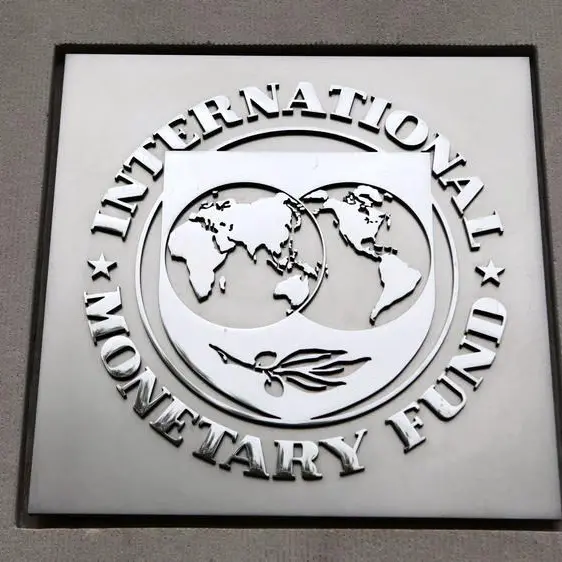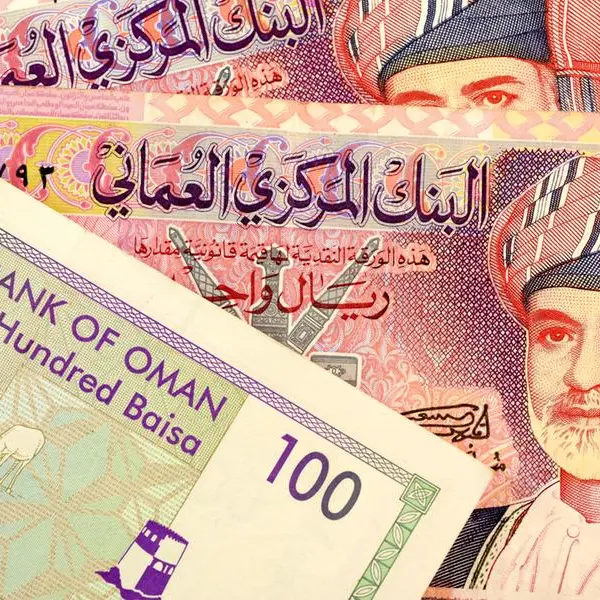PHOTO
(TAP) – Tunisia’s trade deficit has worsened during the first ten months of 2016 to 10,781.2 million Tunisian dinars (MTD), compared with 10,237 MD in the same period 2015, according to the results of foreign trade published by the National Institute of Statistics.
As a result, import coverage by exports declined by 0.5 percentage points to 68.4% from 68.9% in the same period of 2015.
This trade deficit is due to the deficit recorded in the energy balance (2,672.5 MTD compared to 2,947.8 MD in 2015), which represents 24.8% of the overall deficit and also in the balance of food (-884 MTD against a surplus of 143.3 MD in 2015), due to the decrease in the quantities of exported olive oil.
The increase in the trade deficit is also explained by higher imports (+ 3.7% to 34,168.2 MD) at a faster pace than exports (+ 2.9% to 23,387 MTD). The increase in imports was due to increased imports of raw materials and phosphate by 6.3%, semi-manufactured products by 9.9%, capital goods by 5.9% and non-essential consumer products by 10.7%.
On the other hand, energy imports fell 20.8%, due to lower purchases of crude oil and basic agricultural products (as a result of lower purchases of durum wheat).
As regards exports, the increase in the first ten months of 2016 is due to improved exports of phosphate and its derivatives, which rose by 52% as a result of higher exports of phosphoric acid (454 MTD in October 2016 compared with 271.8 MTD in 2015) and DAP (357.6 MTD in 2016 against 150.1 MTD in 2015). The same applies to exports of the mechanical, electrical and textile and clothing industries, which went up 15.3% and 7.5%, respectively.
On the other hand, exports of agricultural and food products fell by 31%, following the decline in olive oil revenues (662.9 MTD in 2016 compared with 1,785.6 MTD in 2015) and the fall in exports of energy by 44.1%.
Worsened trade deficit with Turkey, Italy, China and Russia
China remains the country with which Tunisia has the largest trade deficit (- 3,151.4 MTD), followed by other countries such as Italy (- 1,335.6 MTD), Turkey (- 1,156.5 MTD) and Russia (-1,052.4 MTD).
The trade balance, however, has a surplus with several countries, such as France, Tunisia's largest partner (2,282 MTD) and Libya (724.5 MTD).
Tunisia’s exports to the European Union posted a modest increase of 0.6%. This upward trend mainly concerned France (+ 14.6%) and Germany (+ 6.4%), while sales fell with countries such as Spain (-33.7%) and Italy (-10.3%).
On the Maghreb scale, Tunisian exports continued to decline to Libya (-12.3%) and to Morocco (-2.1%). On the other hand, exports to Algeria rose remarkably by 36%.
Concerning imports, Tunisia’s trade with the European Union reached 18,102.6 MTD during the first 10 months of 2016, posting a decline of 1.2% compared to the same period of 2015. Tunisian imports from France (representing 15.6% of total imports) decreased by 10.6%.
On the other hand, Tunisian imports from certain European suppliers, such as Italy (14.5% of total imports) and Germany (7.6% of total imports), increased by 2.5 % and 9.5%, respectively.
© Tunis-Afrique Presse 2016












